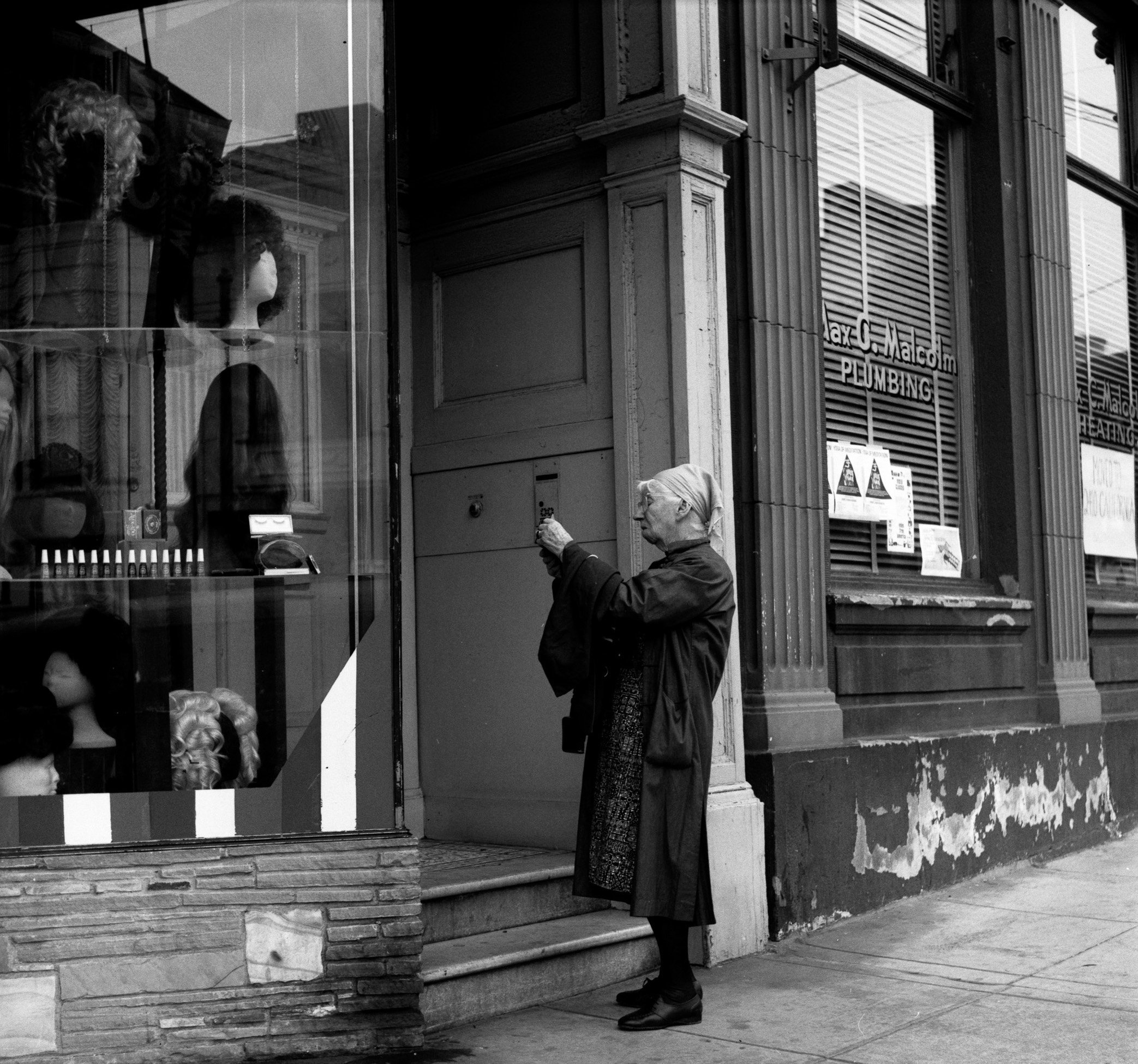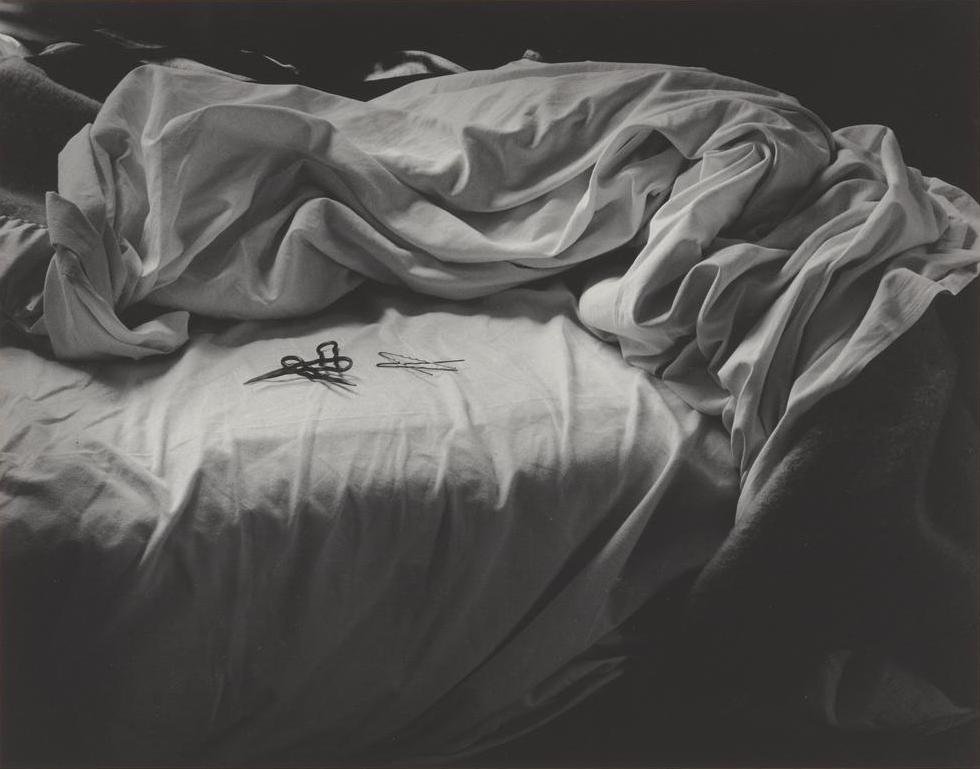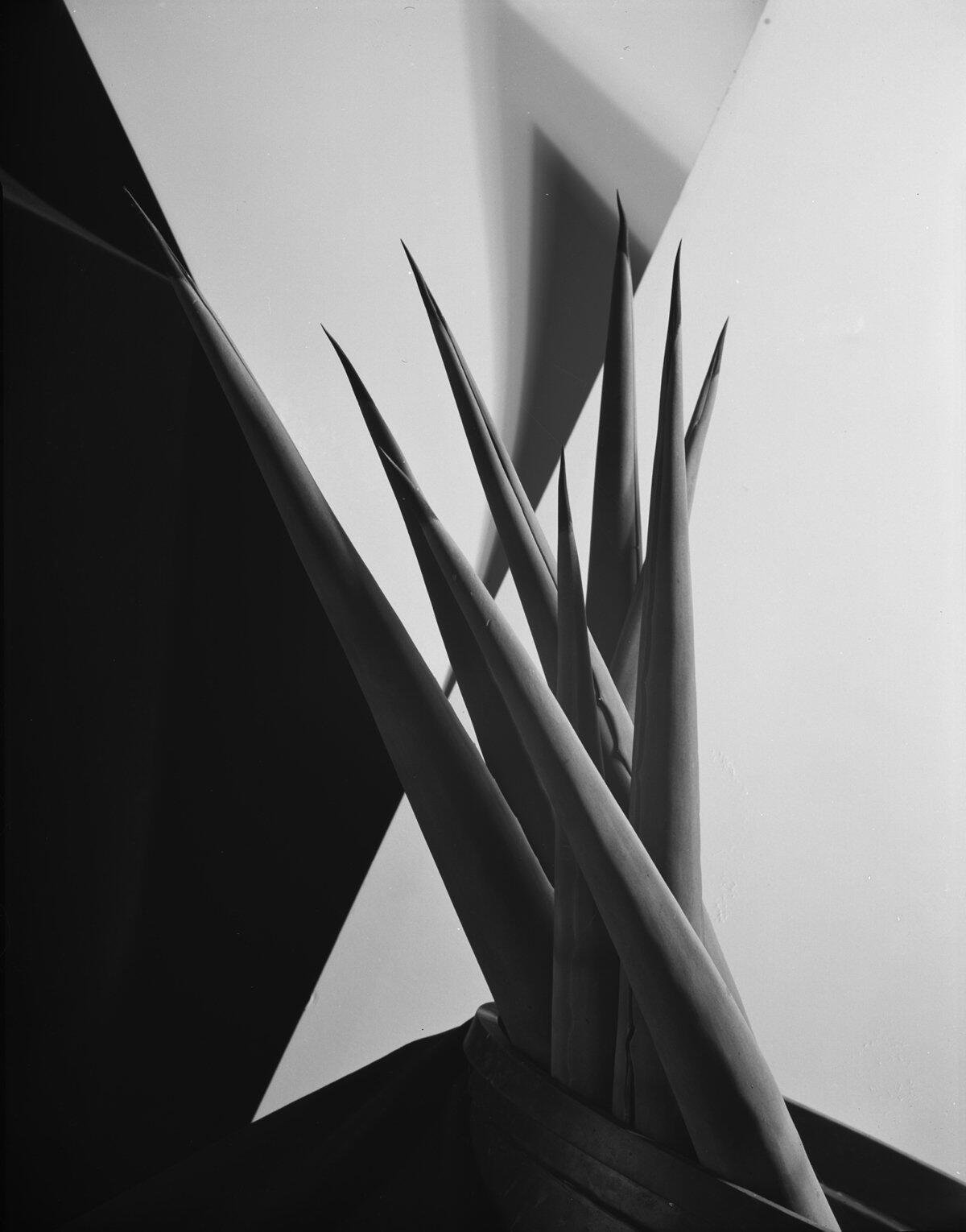Fine, Art: Imogen Cunningham
016 - imogen cunningham
It took 12 hours to ride the Greyhound bus from LA to San Francisco. I wanted to visit my friend from college and I wanted a United States bus experience after five months of blissfully bussing around Europe. Nothing was alike, but I did meet a really cool kid.
I first saw him in the waiting area which I settled into after learning the buses would be delayed this morning because there were no buses. It was the start of the day. The clock read seven something. Don’t you start the day with buses? I thought. “What do you mean — there are no buses?” I asked. “We ain’t got no buses. We gotta wait,” the woman at the counter answered. I had no further questions. Use of language and public transportation, my homeland is behind.
Back to the kid. He was around 22 years old and sat alone in an armrest divided row of four seats. Spread out around him, he was traveling with a backpack, skateboard, and electric guitar. His over-the-ear headphones were plugged into an electronic drum machine, resting around his neck. All of this but no phone. I know because he asked if he could use mine. He wanted to update his friends on his late arrival caused by the absence of buses at the bus station.
I asked him why no phone and he said he had one, but became addicted to it, so he got rid of it. He needed to eliminate the distractions. He wanted to focus on making music. Almost two hours later, the buses appeared. Where were they? I still didn’t understand. An announcement was made to take any open seat because it would be a full ride. We boarded and sat next to each other. I told him he could use my phone as much as he needed. Don’t hesitate to ask. We talked on and off during the long ride.
I learned he was back living with his parents in Long Beach, working a nine-to-five in the field, and reading Charles Bukowksi to calm his mind before falling asleep at night. Reading, a healthier alternative to scrolling your phone before bed. He was hitting the reset button after a two-year carouse in Oakland, where he lived with a crew of skaters who didn’t miss a party, but surely missed payment on a utility bill or two. I can’t remember what caused the falling out, but those still on speaking terms were reuniting this weekend in the Bay Area for a punk rock show.
I introduce to you: Imogen Cunningham
As I mentioned in my Ruth Asawa post, I stumbled down a flight of stairs at The Getty to find their exhibition of Imogen Cunningham’s work. I didn’t know where I was in the museum and I didn’t know how to pronounce the artist’s first name. Born in Portland in 1883, Imogen is known for her work as a Bay Area photographer. I found my bearings and settled into the space. In museums, I feel most secure looking at photographs. Those who have phones have cameras. We can all take pictures. I love to see how the best take theirs.
Right away I felt a connection to Imogen because she was known for taking photos of plants in her garden or people in the street, what she called her stolen pictures. In the springtime of 2020, I spent my evenings walking around LA. The flowers were blooming and the streets were empty and weird. I felt inspired and enjoyed taking pictures of the same.
Imogen produced her hyper-focused botanical photographs shortly after Georgia O’Keeffe’s floral paintings were exhibited. Both were motivated to draw attention to real-life imagery we may not have noticed with a naked eye. Her street photography was equally as strong and held my attention. I hadn’t seen windows or reflections used in such ways before. I wondered how her eyes and mind worked together to find and execute these compositions. It’s more than being at the right place at the right time. To take those pictures demanded attentiveness and fearlessness.
Imogen had and needed both to succeed in a male-dominated profession. It wasn’t an easy path for the artist. Her male colleagues downplayed her talent and influence. Even her father was vocal in his disapproval of her ‘dirty’ career choice, but then went out back and built her a darkroom. For six decades, Imogen captured and developed her pictures, showcasing tremendous range across these subjects: botanicals, portraiture, landscapes and street photography. In my opinion, the ultimate sign of respect and approval, the cherry on top, is Alfred Stieglitz asking Imogen to take his portrait. You may remember him as the gallerist and husband to Georgia O’Keeffe. He’s credited with promoting photography as a fine art. Imogen actually took his picture using his camera, arriving at his place empty-handed because she knew he would have one.
All things Imogen make me feel happy and inspired. She was a tiny human full of curiosity and fight, armored with a camera in her hands and a peace sign on her chest. She was a doer, doing it her own way, who paved the way for many. Before women even had the right to vote in the US, Imogen published an article in 1913 advocating for women in photography as a profession. She’s also credited as the first woman to ever photograph a nude man, her husband at Mount Rainier in 1915. She was made fun of and called immoral. She didn’t pay attention to the noise. She focused on taking her pictures.
“I’m still sticking with people more than things and I don't walk around the city as much as I did. I don’t know why. The telephone…all the other agonies of life…keep you from doing what you really think you should do.” I don’t recommend taking the bus a long distance in the US, but I do recommend ditching the phone when trying to accomplish your artistic endeavors, unless you need it to take pictures. Then again, without a phone, it’s really not easy to ask a stranger to borrow theirs. I’m glad that kid did. I learned a lot from him. For one, I now read before bed. No more scrolling the phone. Choose art. It’s a relief from the agonies of life. — Phillip Dillon
HERE ARE A FEW OTHER QUOTES OF imogen’s THAT MADE ME THINK OR SMILE:
“I wasn’t very ambitious. I think that’s the solution. I just took things as they came. I wouldn’t say I didn’t have any problem, but I didn’t care. I didn’t think I was going to save the world by doing photography as some of these people do. I was just having a good time doing it, and so I still had a good time no matter what I had to photograph.”
“Well I don’t think there’s a formula for a fine photograph. For every person has a different idea about one. I always think the finest photograph is the one I’m going to do and not the one that I have done. As soon as I’ve done it, it’s finished. But I’m hoping someday to do a fine one. I think I have time.”
“I don’t believe in teaching. I believe in learning.”
“I don’t hunt for anything. I just wait until something strikes me. Of course I hunt for expression when I’m trying to photograph people.”
“I don’t like landscapes. I’ve never had the time to run out when the weather is right.”
“I do portraits because people pay me for it and I still have to live. I feel people who continue to be artists in any field when they don’t have to earn a living have even a harder road than people who earn their living. That is, if people don’t take the living business too seriously and work themselves to death commercially or something like that, or doing something that prohibits you from doing anything you really want to do.”
“I’ve always been glad of a certain amount of poverty. I kind of enjoy it. All I want to do is to live.”
“I photograph anything that can be exposed to light. The reason during the twenties that I photographed plants was that I had three children under the age of four to take care of so I was cooped up. I had a garden available and I photographed them indoors. Later, when I was free, I did other things.”
“I was invited to photograph Hollywood. They asked me what I would like to photograph. I said, ugly men, because they never complain.”
“Everybody who does anything for the public can be criticized. There's always someone who doesn't like it.”
“I don’t talk about success. I don’t know what it is. Wait until I’m dead.”
“When people work 2 years, they think it’s marvelous. When I tell them that I never thought of exhibiting until I'd been working for 10 years, they are surprised. As a matter of fact, if I get the recognition that people think I have now, [they ask] how long have I been doing it? Well, I’ve been exhibiting for nearly 70 years, I’d say. This last summer, the Smithsonian collected me.”










